Hyundai’s future glows bright with IONIQ Electric and Kona Hybrid
On track to achieving a 75 per cent electrified fleet by next year – Hyundai is accelerating into the future with two new variants of their IONIQ and Kona models
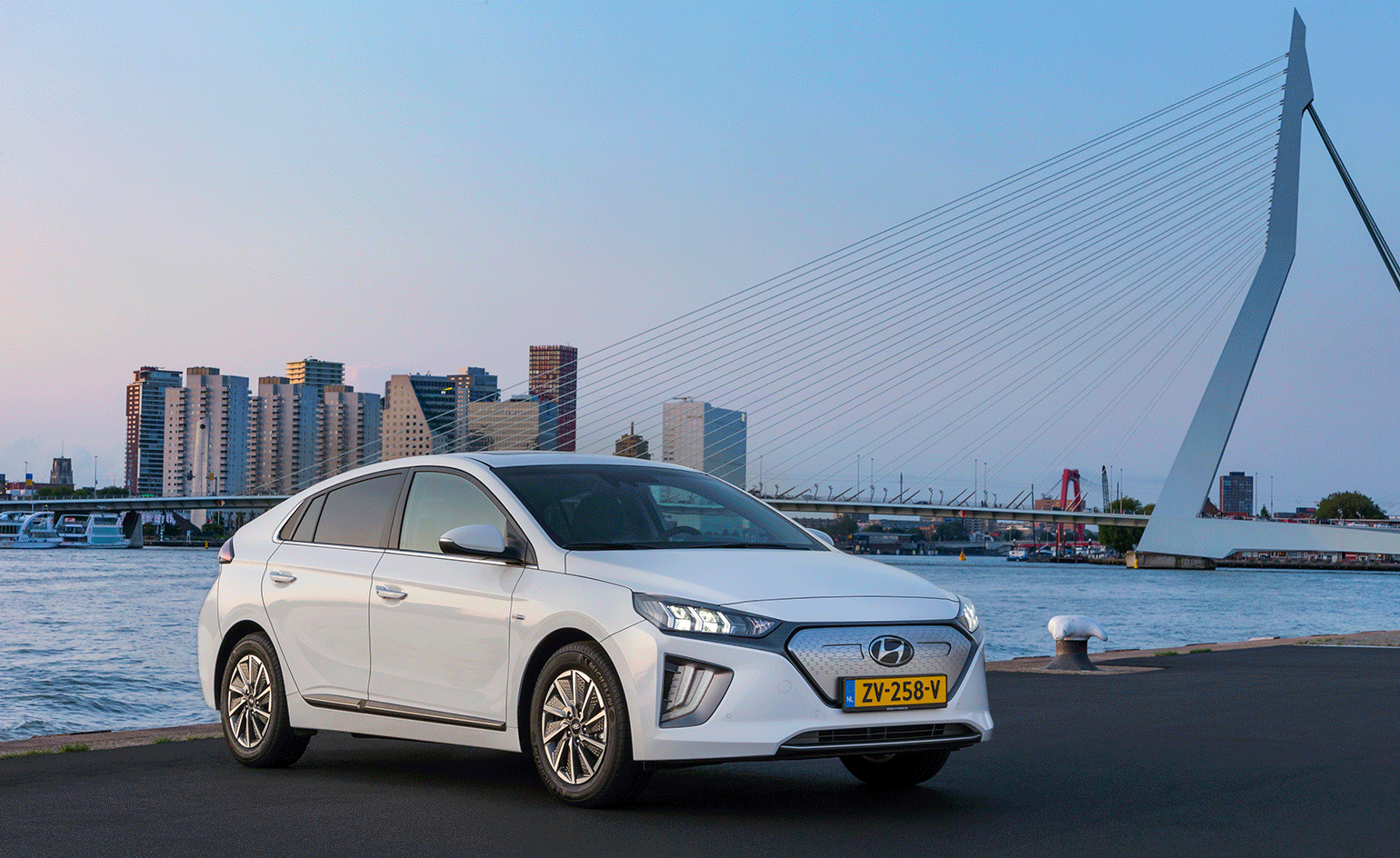
Hyundai’s burgeoning image as a manufacturer of desirable, practical and stylish cars has taken another step forward with two new variants of their IONIQ and Kona models. Both further the Korean giant’s ambition to have 75 per cent of its fleet electrified in some way by next year. The two cars also cement the carefully crafted image that has been built up slowly and steadily since the carmaker entered the European and American markets in the 1980s.
Now the epitome of a modern car company, Hyundai began life as a construction firm back in 1947. These days, the various Hyundai businesses, including shipbuilding, shopping malls, robotics and heavy engineering, add up to the largest corporate entity in Korea, a technological and industrial behemoth in one of the world’s most sophisticated economies.
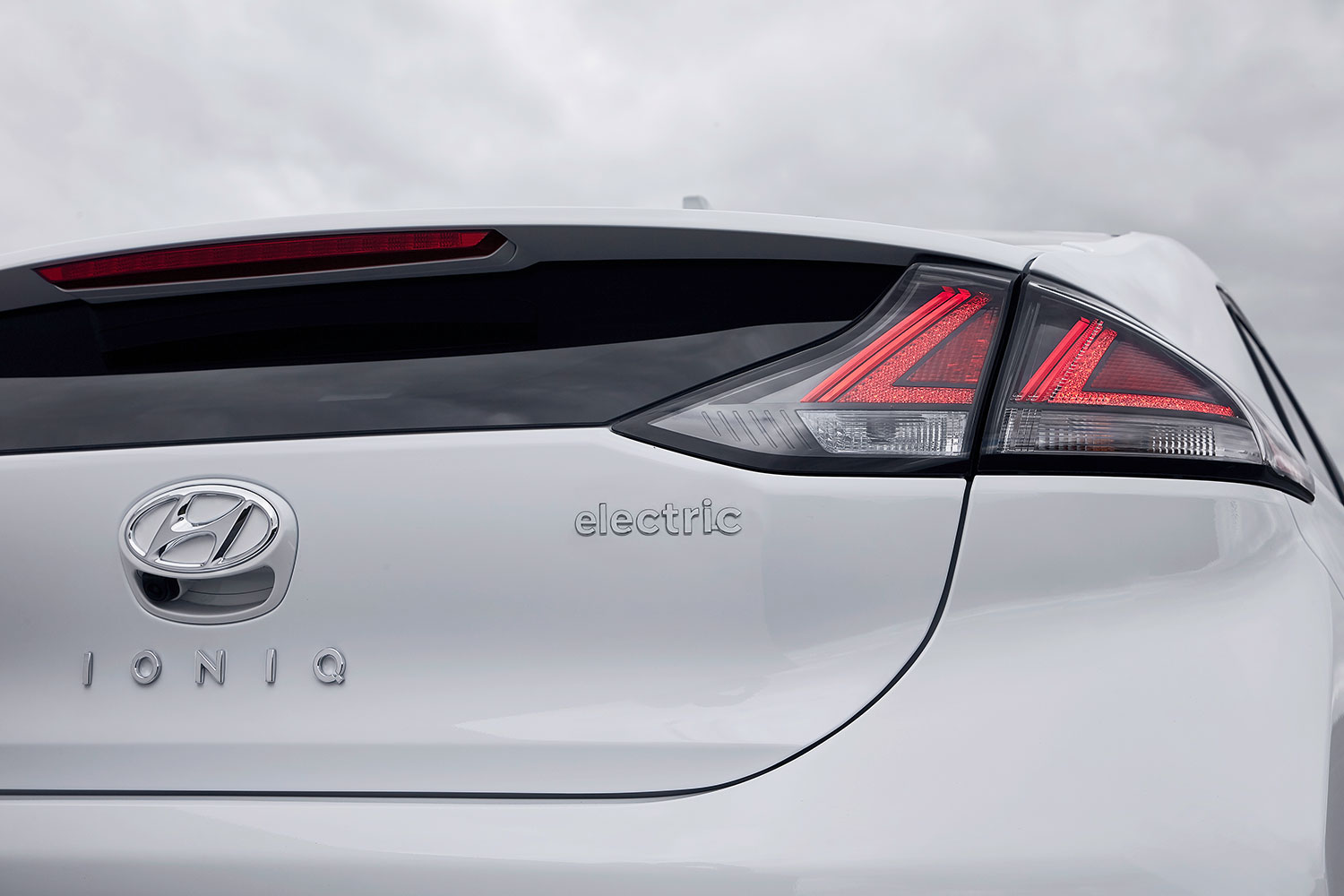
IONIQ Electric epitomises the marque’s modern image
Hyundai was relatively late in its adoption of branding and marketing. Once known for efficient but unexciting cars, it has worked hard to turn things around. These days, epic cinematic ad campaigns make a credible stab at presenting Hyundai as a caring, sharing multinational. More importantly, its automotive offerings are consistently excellent. All that’s missing is the heart-tugging emotions deployed so effectively by the heritage brands. But as the industry transitions to zero-emissions, the touchstones of traditional heritage are becoming less and less desirable.
Together, the IONIQ Electric and Kona Hybrid aren’t offering anything particularly new in terms of aesthetics and both already exist with other powertrains. The IONIQ is the larger of the two, a quietly well put together large hatchback in the Prius mold; this could be your next Uber ride. The Kona is pitched at private buyers, a modestly sized crossover with a modishly rugged exterior. Both cars are well equipped, functioning seamlessly and effectively without troubling the eye or impeding the mind. The IONIQ’s drivetrain is silent and silky smooth, as an EV should be, while the Kona’s hybrid system also does a great job of concealing the electronic back and forth between the battery, motors and the 1.6 litre petrol engine. Hyundai are pushing their new Bluelink technology, which effectively tethers the car to your smartphone, updates you on charge, unlocking, cabin temperature, etc. It’s not a new idea, but it’s rare to find this level of connectivity at this price.
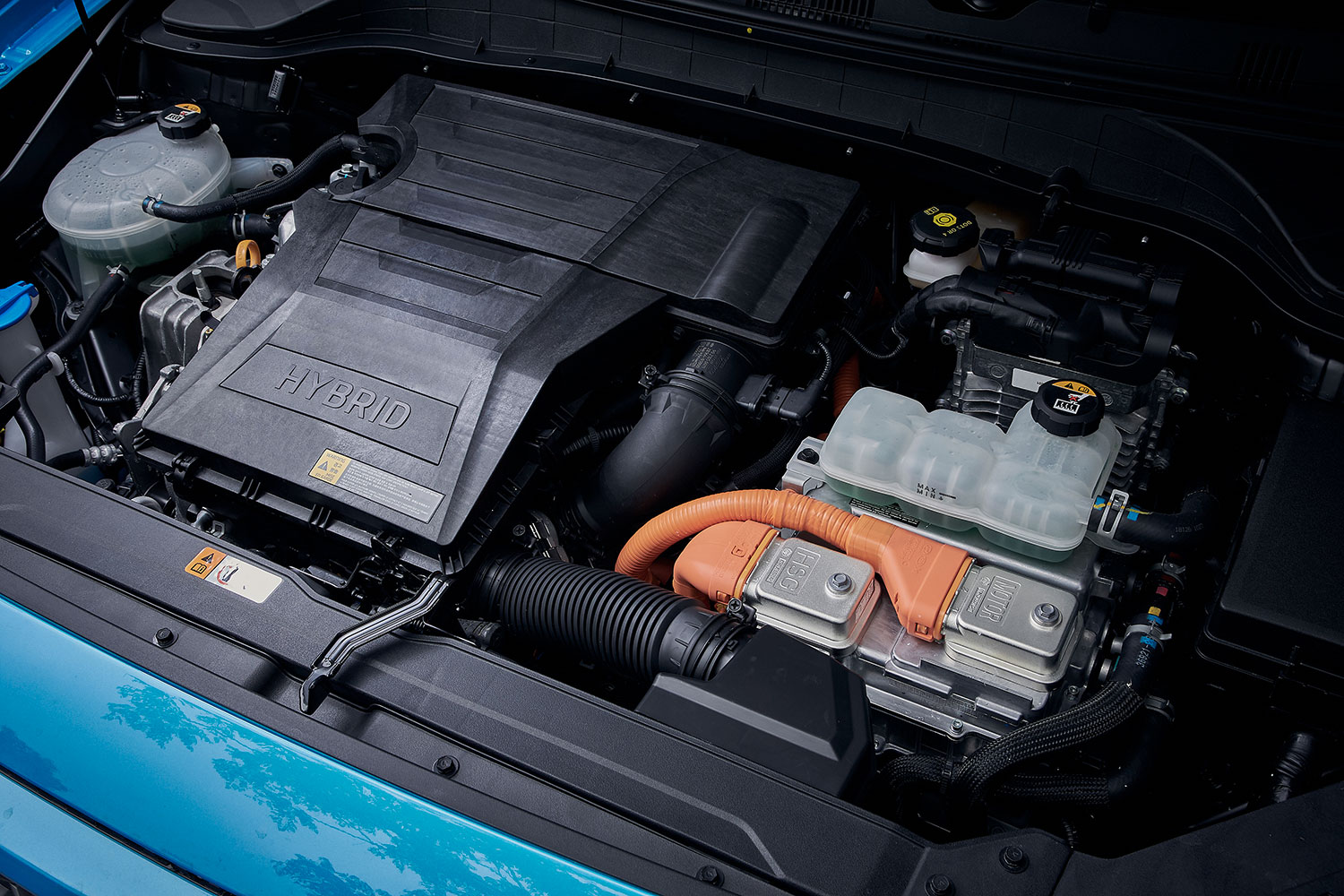
Kona Hybrid can swap between an electric battery and a 1.6 litre petrol engine
Hyundai’s electrification strategy was recently given a boost when the company joined IONITY, a fast-charging network across Europe that was set up by BMW, Daimler AG, Ford, VW and Porsche as a riposte to Tesla’s Supercharger system. Although the newly unveiled i10 city car offers even more of the refined, planted and safely civil design the company has become known for, there’s a strong hint that aesthetic change is on the way. The new 45 EV concept car shown at this year’s Frankfurt Show indicates a radical swing away from flowing Far Eastern curves towards a more hard-edges, retro-futuristic angular look. Sources say it doesn’t preview a specific model but is instead indicative of shapes to come.
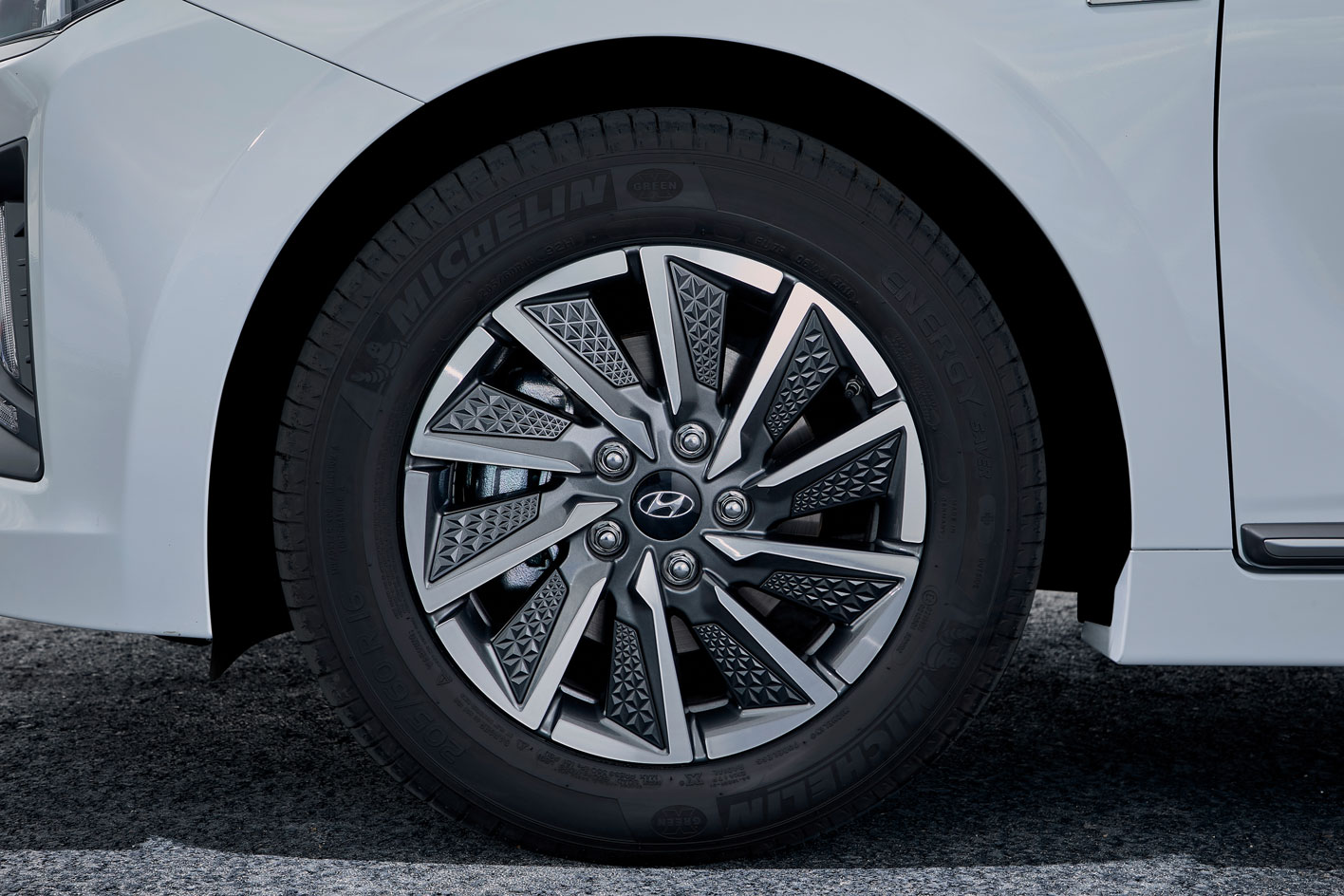
IONIQ Electric’s larger proportions are reminiscent of Toyota’s Prius
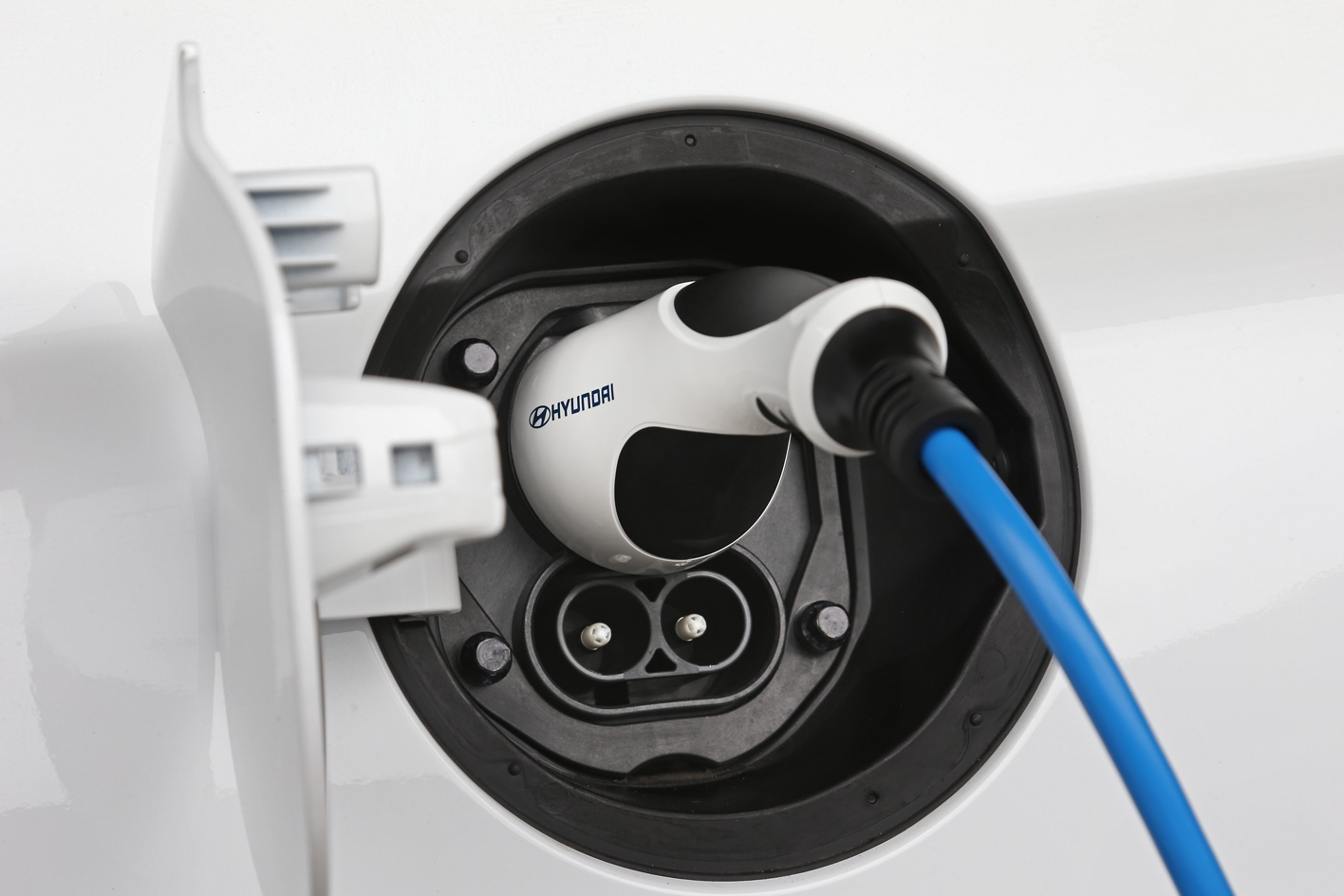
The hatchback makes its electric debut, and is also available in hybrid and petrol alternatives
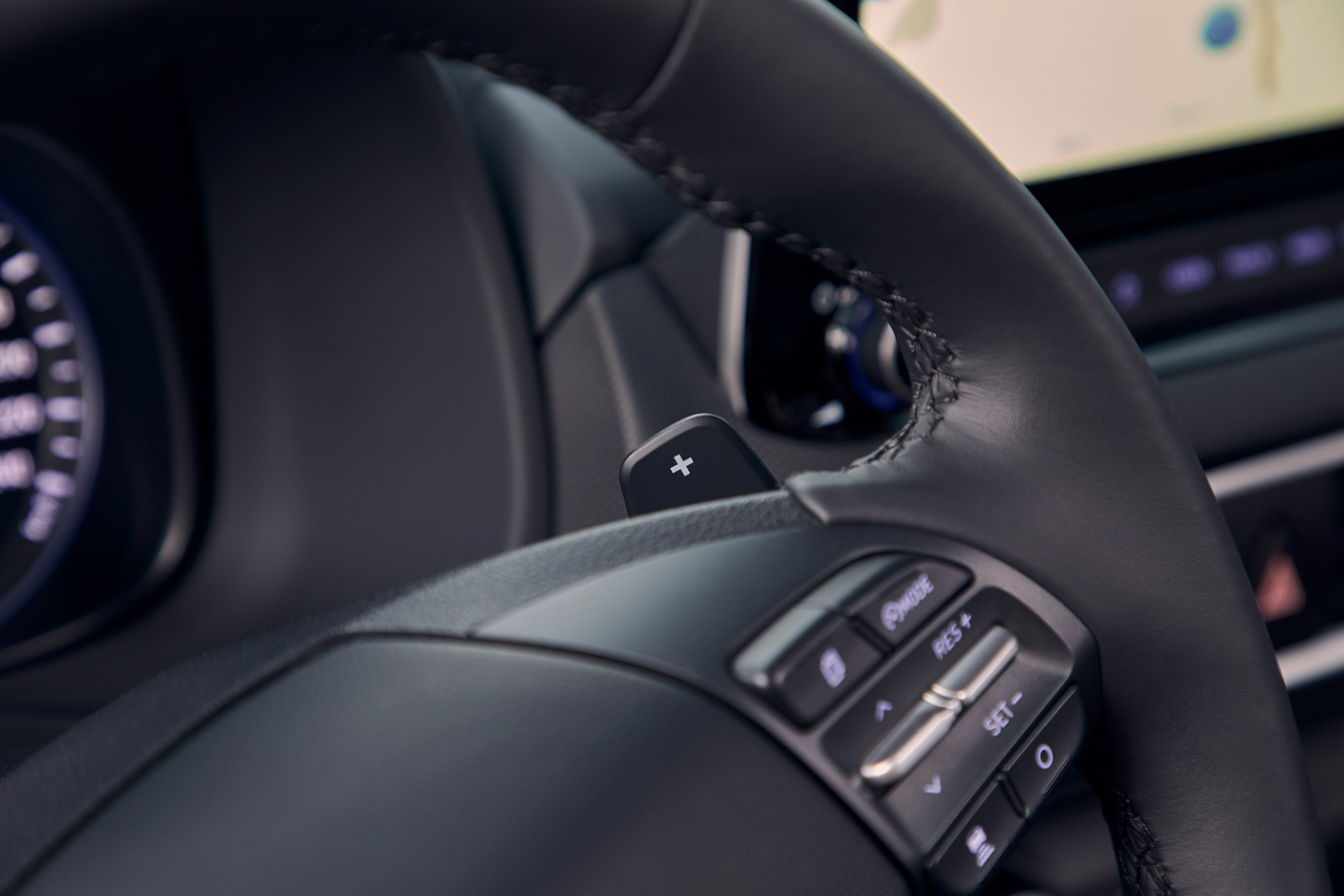
Hyundai’s Bluelink technology also features in the new Kona Hybrid, a surprising inclusion for a car in its price bracket
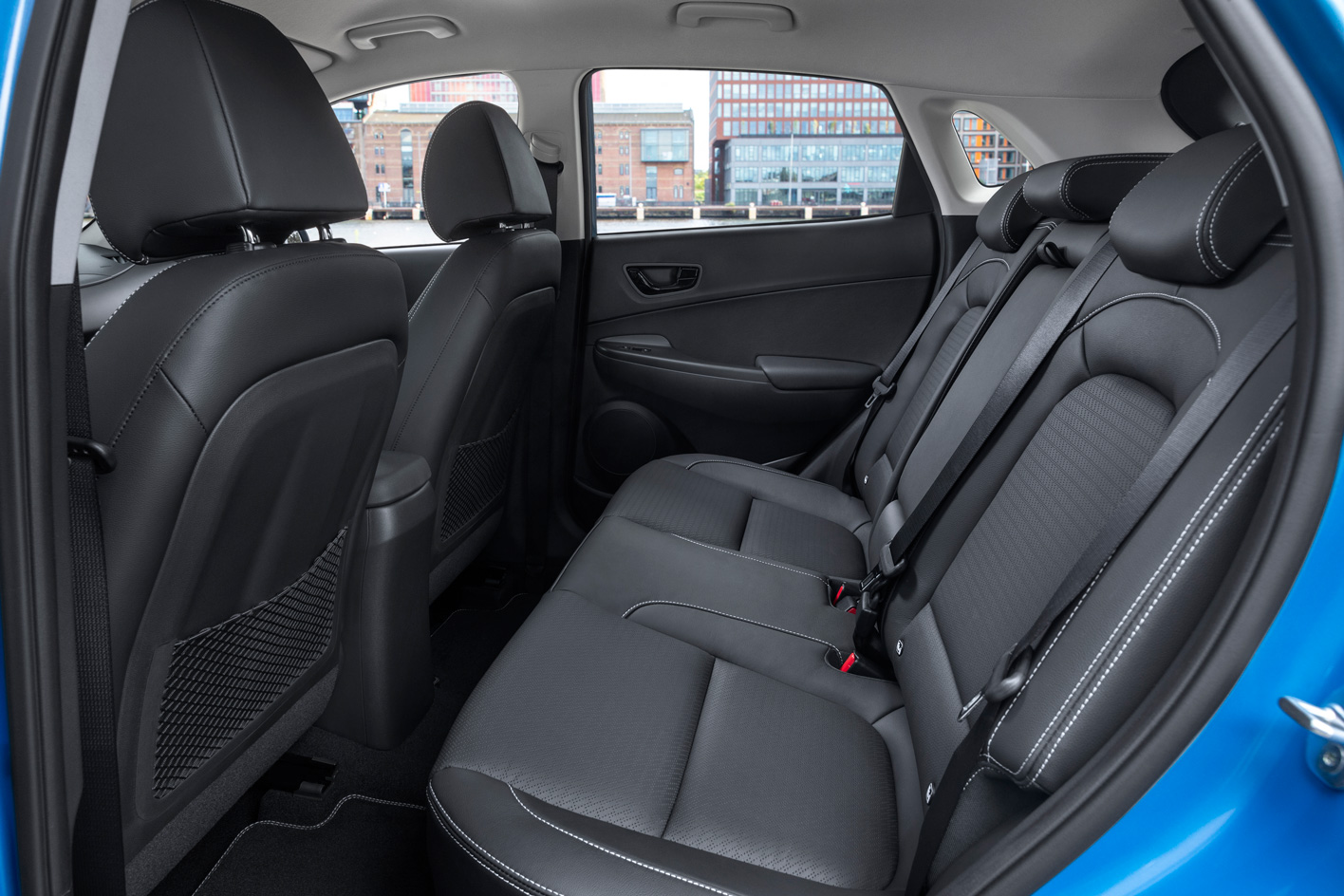
Kona Hybrid is a modestly-sized crossover, featuring an exterior design akin to its previous iterations
INFORMATION
Wallpaper* Newsletter
Receive our daily digest of inspiration, escapism and design stories from around the world direct to your inbox.
Jonathan Bell has written for Wallpaper* magazine since 1999, covering everything from architecture and transport design to books, tech and graphic design. He is now the magazine’s Transport and Technology Editor. Jonathan has written and edited 15 books, including Concept Car Design, 21st Century House, and The New Modern House. He is also the host of Wallpaper’s first podcast.
-
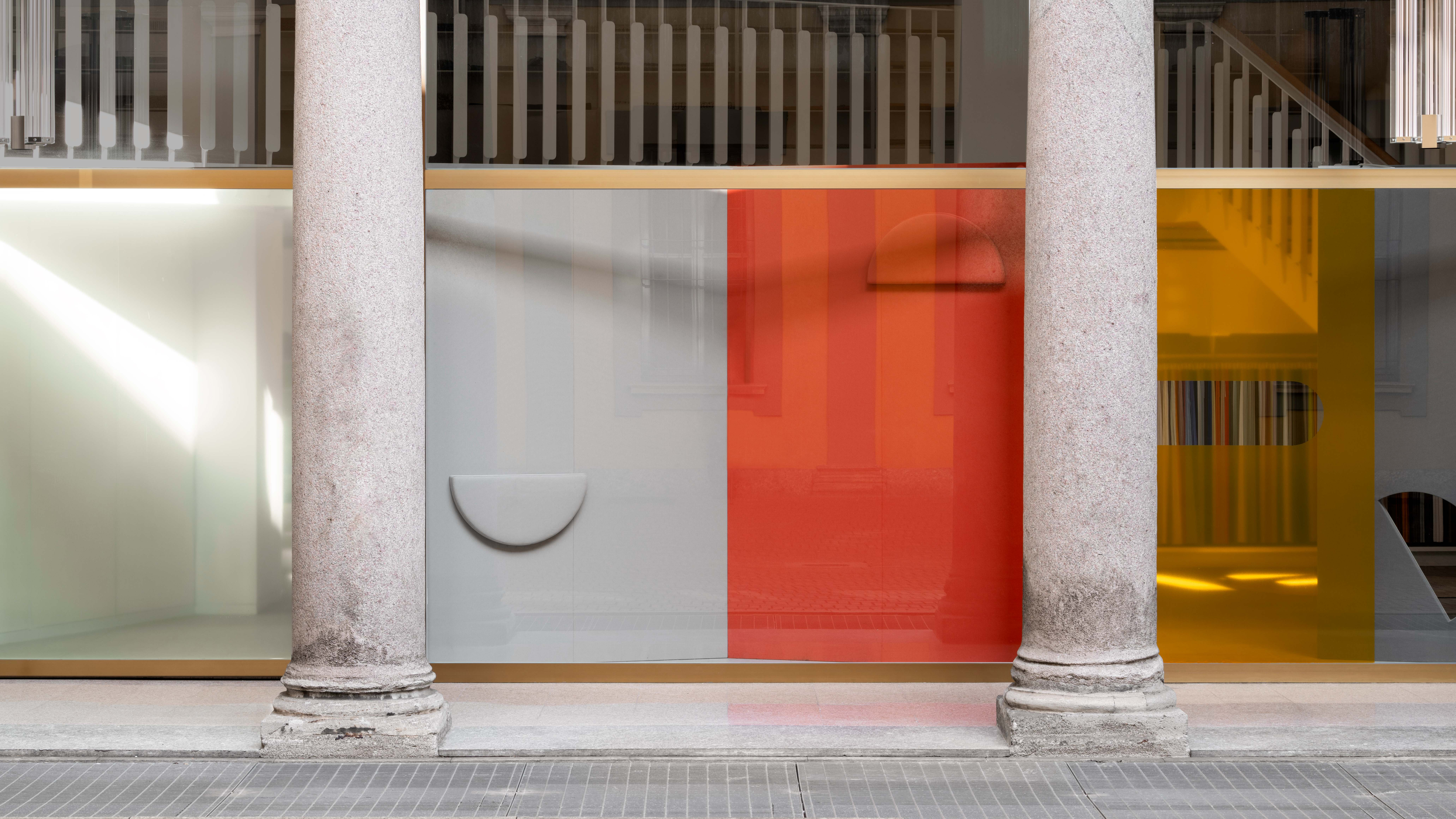 Kapwani Kiwanga transforms Kvadrat’s Milan showroom with a prismatic textile made from ocean waste
Kapwani Kiwanga transforms Kvadrat’s Milan showroom with a prismatic textile made from ocean wasteThe Canada-born artist draws on iridescence in nature to create a dual-toned textile made from ocean-bound plastic
By Ali Morris
-
 This new Vondom outdoor furniture is a breath of fresh air
This new Vondom outdoor furniture is a breath of fresh airDesigned by architect Jean-Marie Massaud, the ‘Pasadena’ collection takes elegance and comfort outdoors
By Simon Mills
-
 Eight designers to know from Rossana Orlandi Gallery’s Milan Design Week 2025 exhibition
Eight designers to know from Rossana Orlandi Gallery’s Milan Design Week 2025 exhibitionWallpaper’s highlights from the mega-exhibition at Rossana Orlandi Gallery include some of the most compelling names in design today
By Anna Solomon
-
 2025 Seoul Mobility Show report: all that's new and notable
2025 Seoul Mobility Show report: all that's new and notableOpened at a time of high national drama, the 2025 Seoul Mobility Show has gone on to underscore Korea’s place at the cutting edge of the auto industry. Guy Bird was there
By Guy Bird
-
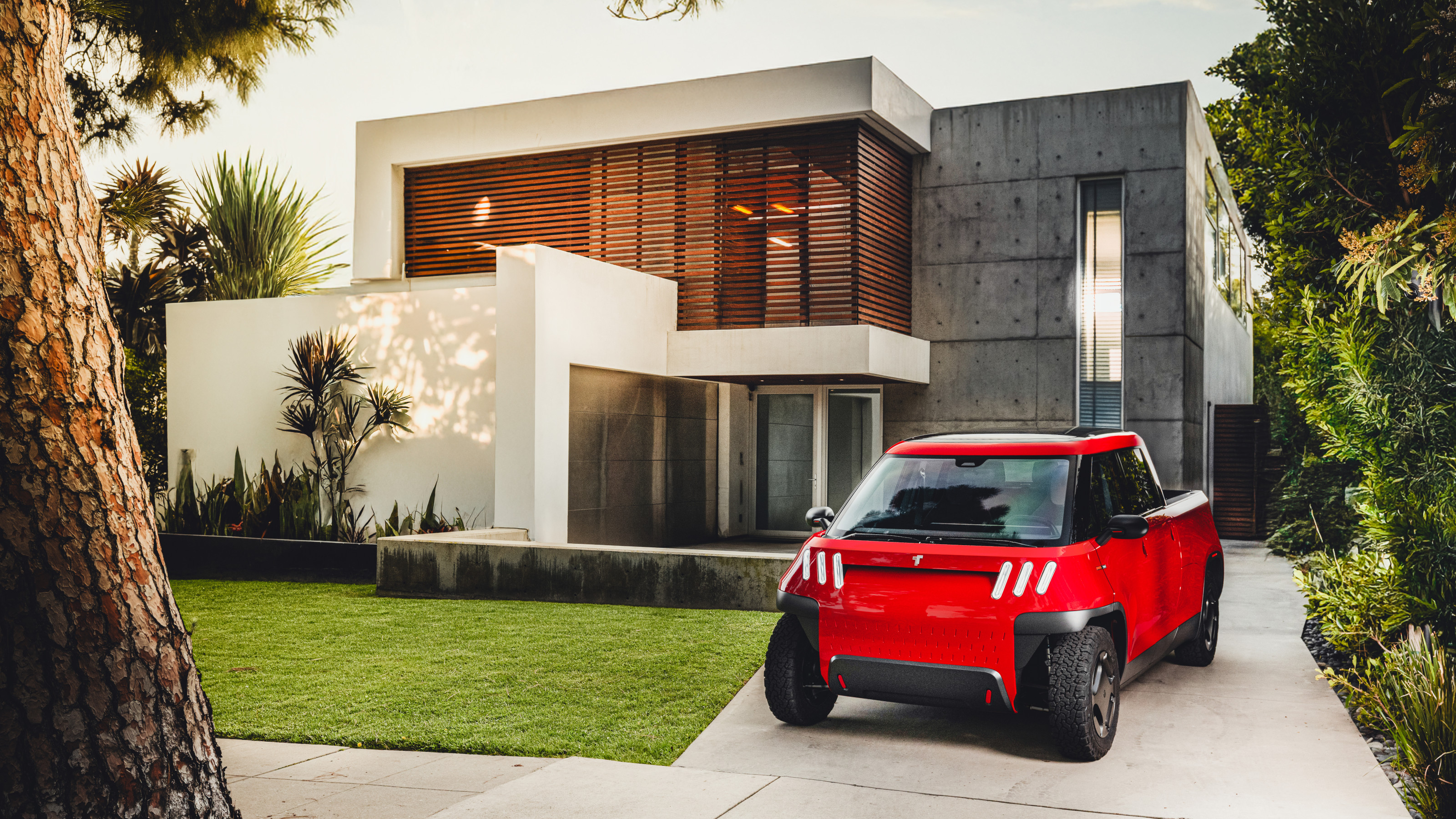 Meet the final drivable prototype of the Telo MT1 pickup truck, shaped by Fuseproject
Meet the final drivable prototype of the Telo MT1 pickup truck, shaped by FuseprojectThe Telo MT1 is a modestly scaled EV that turns the traditional all-American approach to pick-up truck design on its head
By Jonathan Bell
-
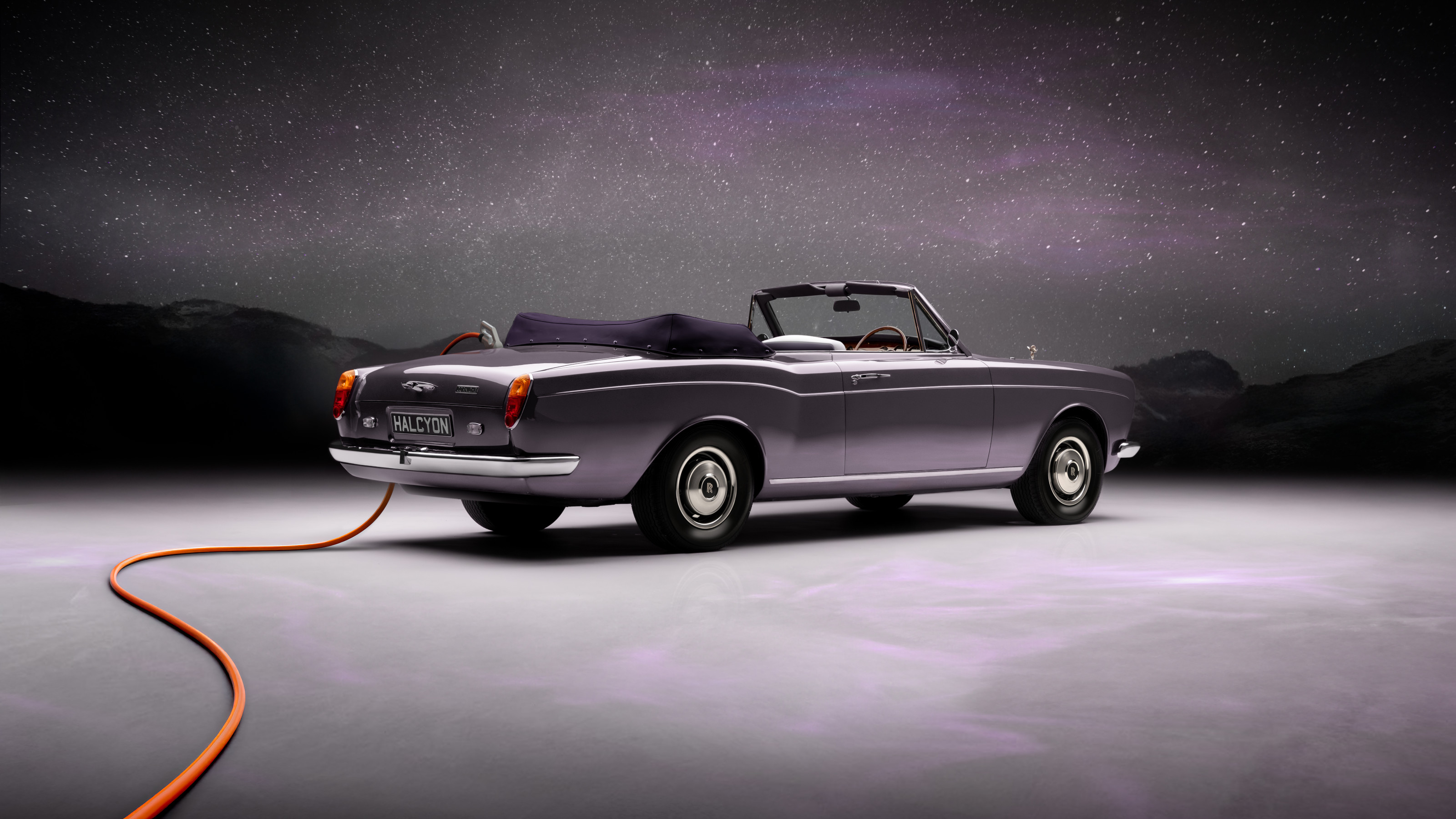 EV start-up Halcyon transforms a classic 1970s Rolls-Royce into a smooth electric operator
EV start-up Halcyon transforms a classic 1970s Rolls-Royce into a smooth electric operatorThis 1978 Rolls-Royce Corniche is the first fruit of a new electric restomod company, the Surrey-based Halcyon
By Jonathan Bell
-
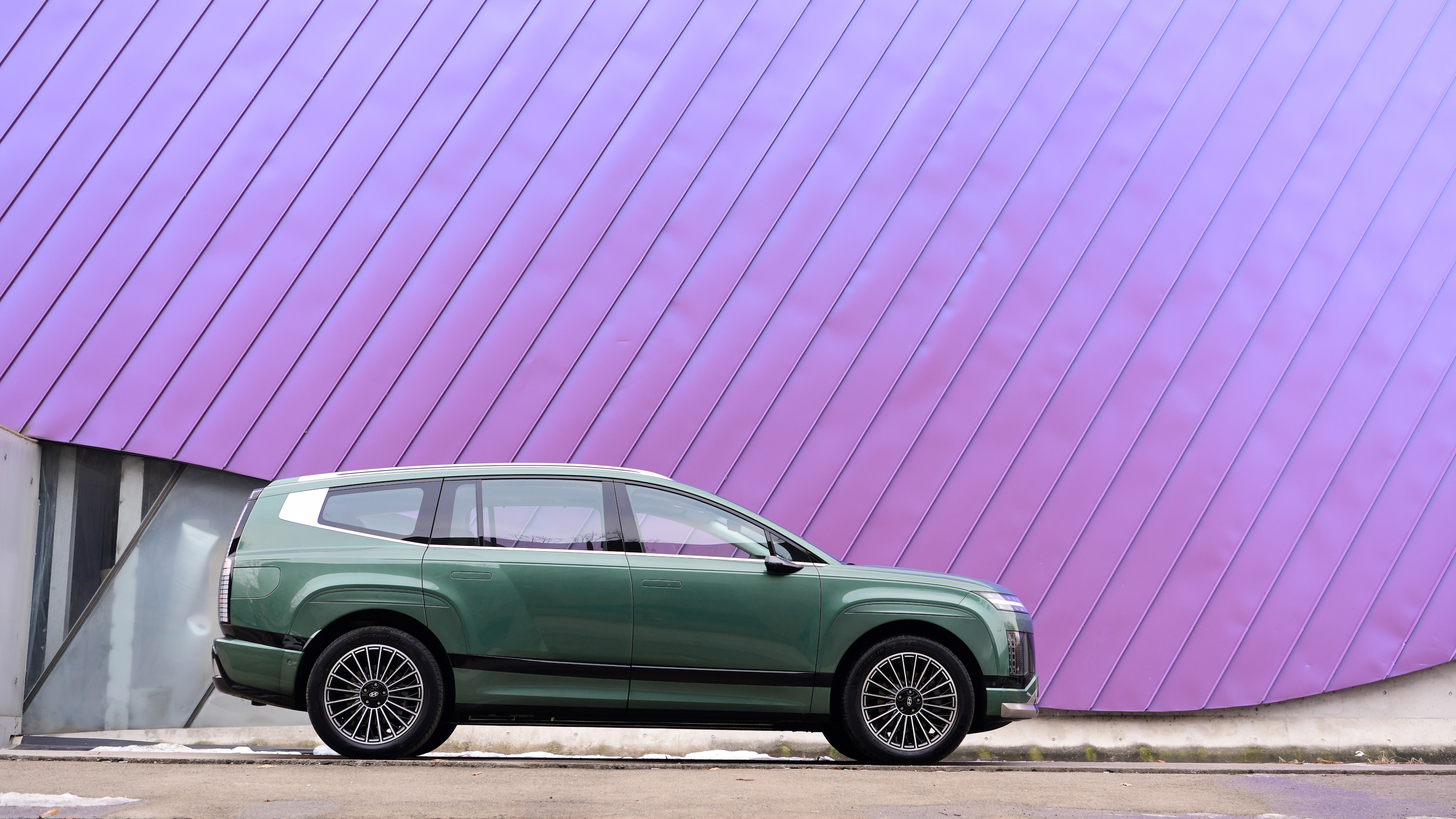 Long-range, refined and spacious, the new Hyundai Ioniq 9 is like a private jet on wheels
Long-range, refined and spacious, the new Hyundai Ioniq 9 is like a private jet on wheelsWallpaper* takes the Ioniq 9 on an electric road trip from Seoul to Busan to explore Hyundai’s newest and largest EV to date
By Jonathan Bell
-
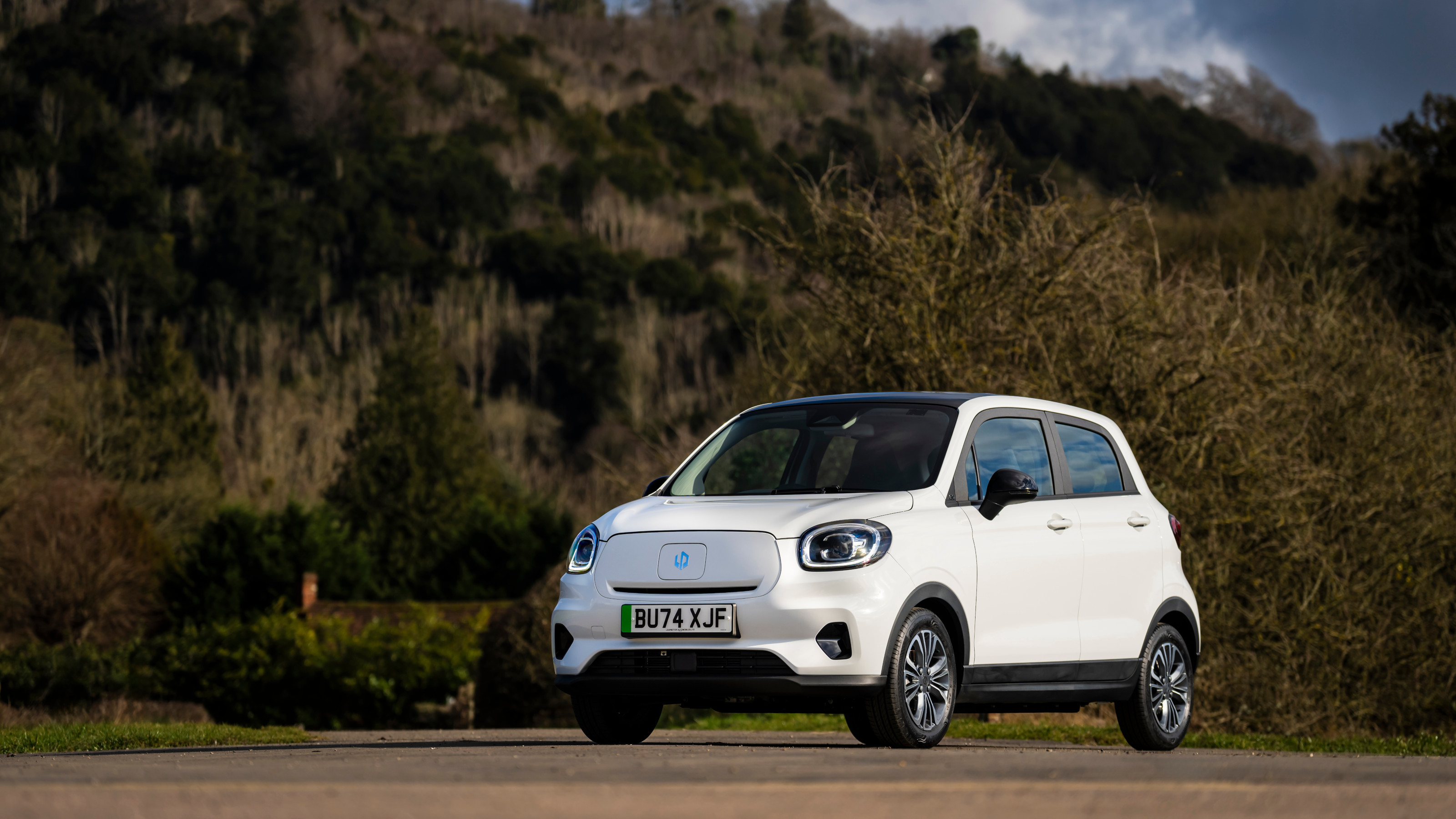 China’s Leapmotor pounces on the European car market with its T03 city car and C10 SUV
China’s Leapmotor pounces on the European car market with its T03 city car and C10 SUVLeapmotor’s tiny electric city car could be just the tonic for cramped urban Europe. We sample the T03 and its new sibling, the fully loaded C10 SUV, to see if the company’s value proposition stacks up
By Jonathan Bell
-
 Wallpaper* takes the wheel of the Bentley Blower Jnr for a rich automotive experience
Wallpaper* takes the wheel of the Bentley Blower Jnr for a rich automotive experienceHedley Studios has shrunk the mighty Bentley Blower into this all-electric, road-legal barnstormer. We take it to the streets of London
By Jonathan Bell
-
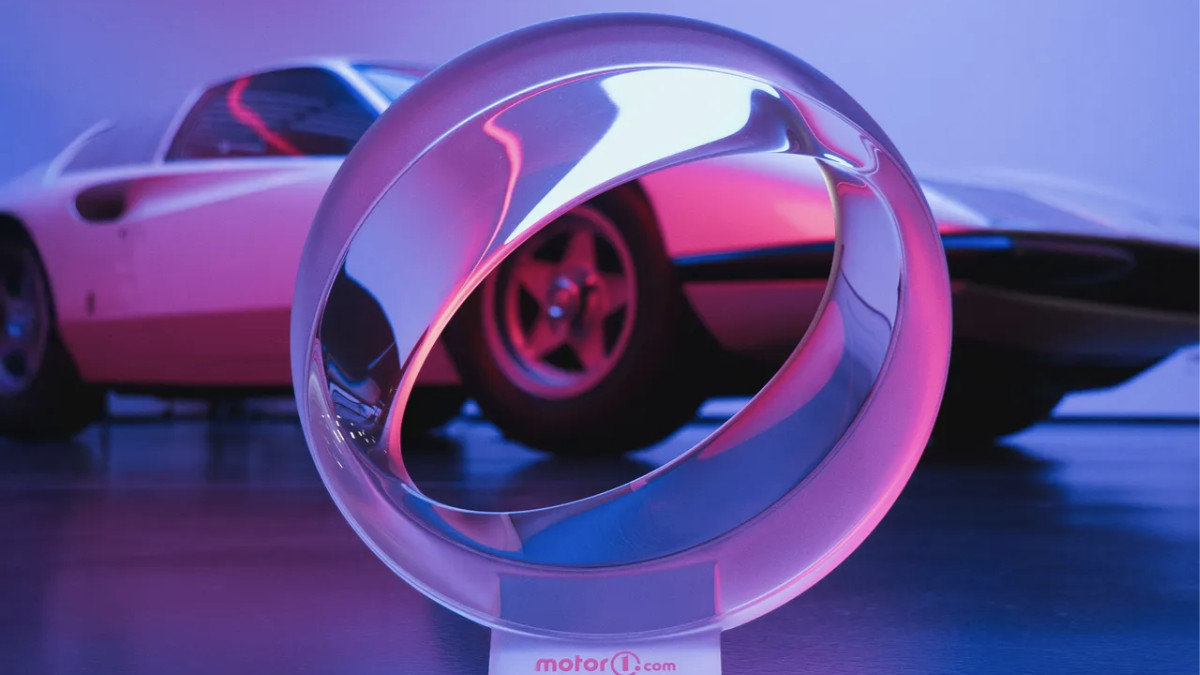 We are the world: Pininfarina’s ‘Orbis’ taps Papal support for an eco-friendly agenda
We are the world: Pininfarina’s ‘Orbis’ taps Papal support for an eco-friendly agendaThe Orbis is a ‘symbolic object’, a gift to Pope Francis from the Italian design agency at a time of political upheaval and social fracture around all aspects of sustainability
By Jonathan Bell
-
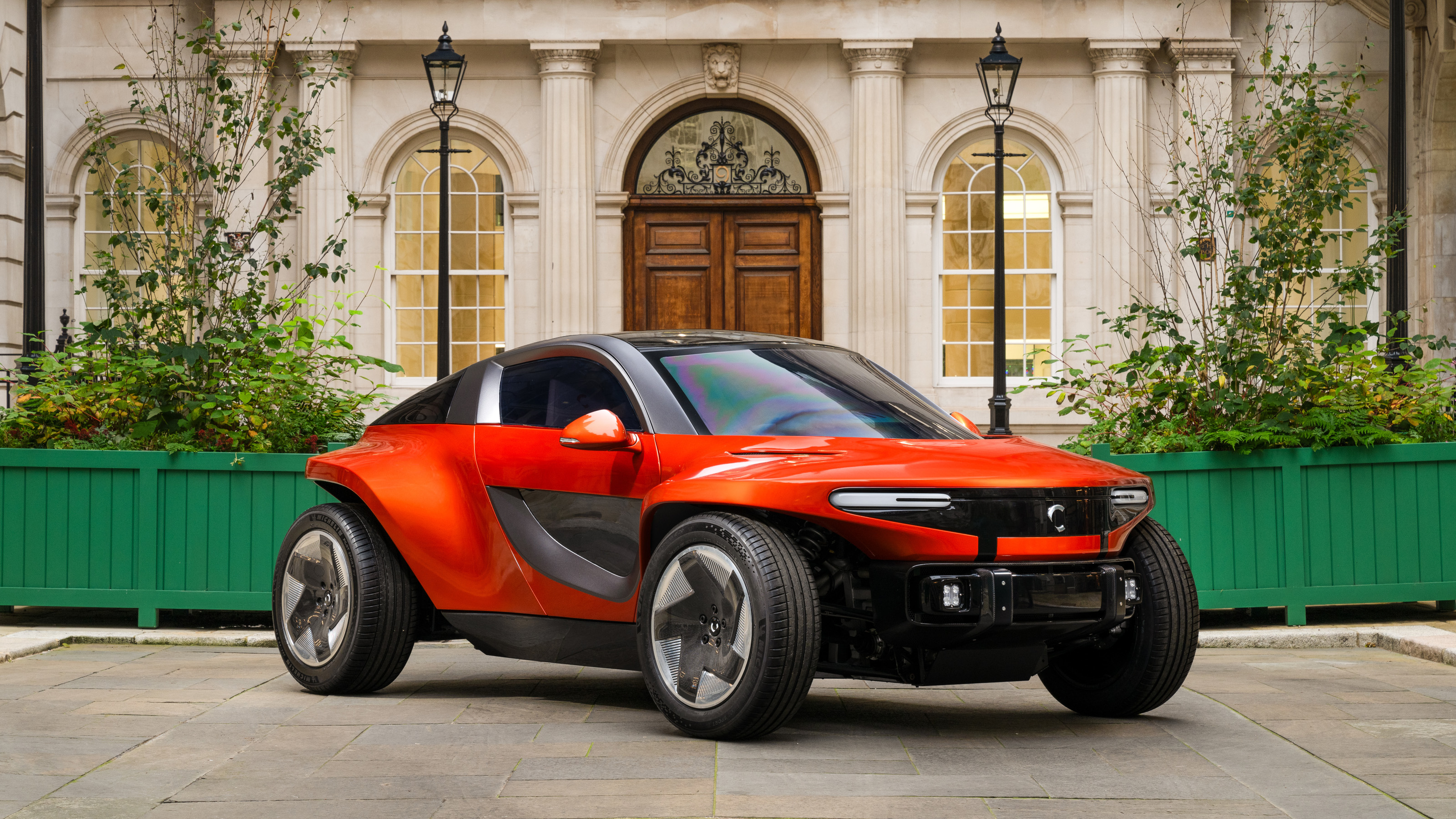 The exclusive Callum Skye EV reveals its interior style ahead of a 2025 launch
The exclusive Callum Skye EV reveals its interior style ahead of a 2025 launchThe Skye is a bespoke sporting EV with a lightweight ethos and an unconventional design. The forthcoming car now has a fully finished interior
By Jonathan Bell